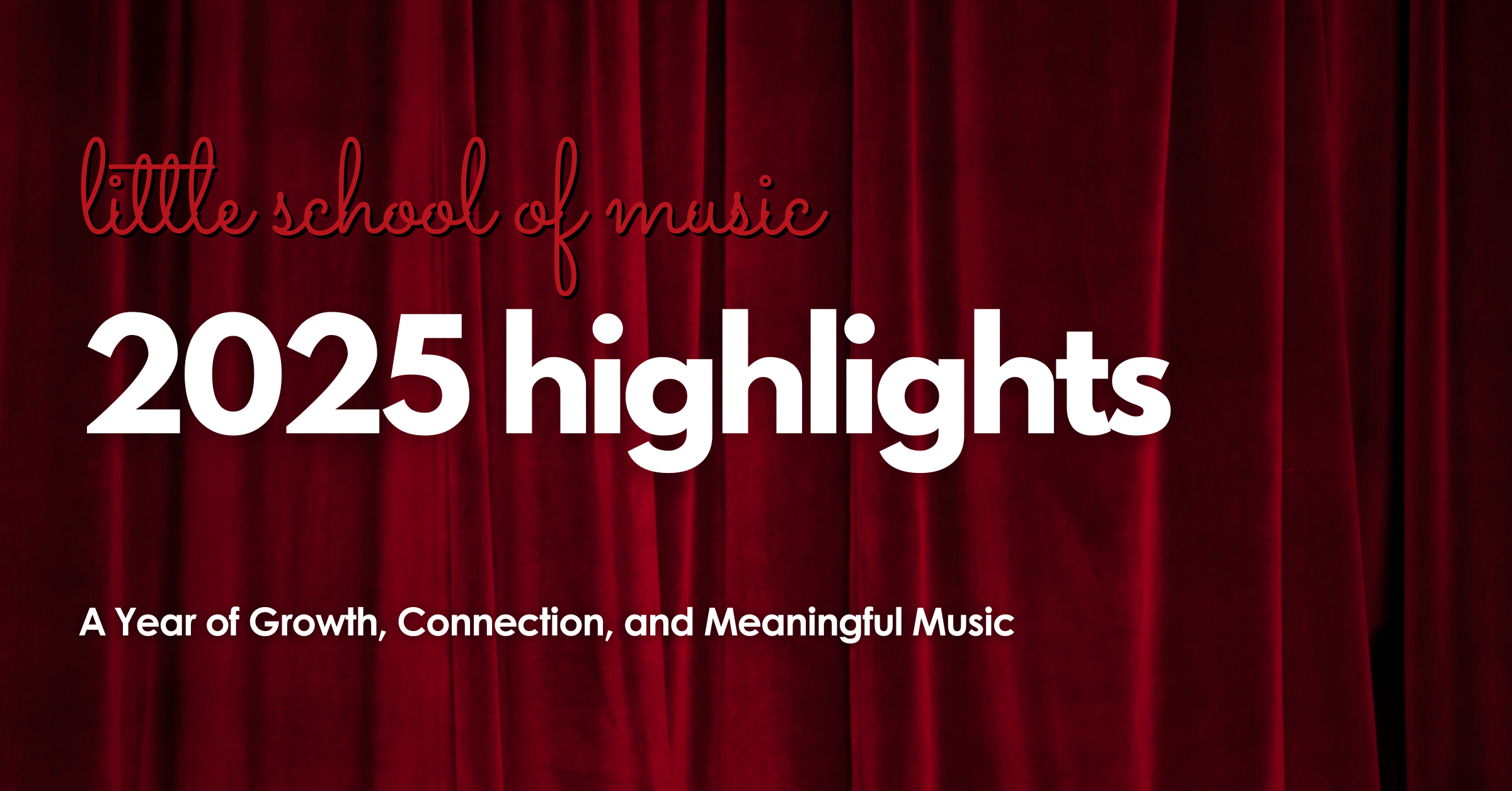by Mindy Cabral, The Magazine of Santa Clarita, June 2010
Most people think that by learning to play an instrument you are learning music. That is not necessarily the case. Learning about music and learning to play an instrument are 2 different things. To play an instrument, you need to learn how to produce a sound, use the proper technique, learn to coordinate your body, and most importantly practice to improve! To learn about music, you need to have an internal understanding of basic concepts such as: melody, rhythm, harmony, basic terms, symbols, vocabulary, form, pitch, and a steady beat to name a few. Music teachers specialize in teaching not only to play the instrument, but in understanding music.
So how do you begin learning music and how do you know which instrument is for you? After all, there are many different instruments and styles of music. Deciding where to begin can be difficult (and expensive) without some guidance. The students’ age, musical interests and goals, physical ability, and time available to dedicate to practicing are some of the main factors. Often, the instrument chooses the player, maybe even a few instruments. That can be a great place to start or something to work towards depending on the student.
It is always a good idea to have some basic understanding of music before beginning to play a more complicated instrument. Group classes with kids the same level or higher is a great place to start. Once a basic understanding has been met, private instruction will help the student further develop their individual technical and musical skills. Participating in a musical ensemble in addition to taking private lessons allows the student to share their abilities with other musicians. Students can express themselves, enjoy music, and learn to play together with other people who share the same interests.
If you, like a variety of styles, you may want to consider playing an instrument that traditionally plays in a variety of musical ensembles. Guitar, piano, percussion, trumpet, and violin are a few of these types of instruments. The violin or fiddle for example is played in the symphony orchestra, in a mariachi band, folk and Irish music ensembles, string quartets, in hip hop, rock and disco bands, and even solo. By learning a variety of different musical styles through a versatile instrument, you can open the door to explore music and cultures from around the world. My grandpa was kicked out of the orchestra for “fiddling around”. Ironically, that is one of the things I encourage my students to do. Once you’ve learned it, fiddle with it, enjoy it, make it your own.
For more information on how to get started with music this summer, call Miss Mindy at Little School of Music: 661-222-2239
© copyright 2010



